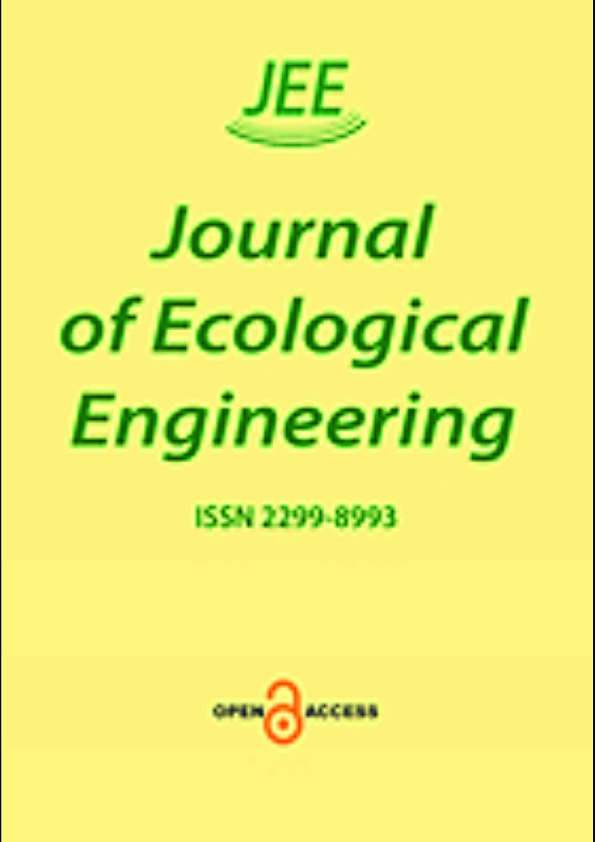id: 35198
Title: Ecological Approach to the Identication of the Degree of Phytophage Damage Based on Chlorophyll Fluorescence Induction in Oilseed Radish (Raphanus sativus L. var. oleiformis Pers.)
Authors: Tsytsiura Y.
Keywords: environmental stress response, crucifer flea beetles, damage degree, fluorescence method, photosystem activity
Date of publication: 2024-02-23 15:08:38
Last changes: 2024-02-23 15:08:38
Year of publication: 2024
Summary: The article presented describes a comprehensive study using chlorophyll fluorescence induction (CFI) as a non-destructive method for assessing phytophagous damage, particularly by cruciferous fleas, in oilseed radish (Raphanus sativus l. var. oleiformis Pers.) during early developmental stages. This method has been adapted for ecological monitoring and has implications for building ecological prognostic models. Several key parameters were measured and analyzed in relation to environmental stressors as well as plant damage, according to the basic indicators of the chlorophyll fluorescence induction curve (CFI) in relation to different gradations of cotyledon damage in the interval ‘traces of damage – 70% damage’ for three varieties. Typical CFI curves of cotyledons for different varieties of oilseed rape with different degrees of damage were constructed and its reliability (factor-dispersion and correlation schemes) was evaluated in the practice of indirect identification of adaptive plant response to the stress caused by pest damage with the assessment of the interaction of this damage with environmental parameters of the environment at different levels of stressfulness of the year from the standpoint of hydrothermal moisture regimes. This made it possible to expand the possibility of building ecological prognostic models for assessing the stress response systems of plant development in case of their damage in the early stages of growth processes. A decrease in the basic criteria of the chlorophyll fluorescence curve (F0, Fpl, Fm, Fst) in the range of 20.78–34.56% in the conjugate system damage degree-environmental stress of the period was established. This led to a decrease in the cotyledon water potential (Lwp) in the range of 3.7–41.2%, the plant viability index (RFd) in the range of 8.3–40.1%, and an increase in the indicator of endogenous (stress) factors (Kef) by 6.5–36.4%. On the basis of these studies, the possibility of using the chlorophyll fluorescence method for ecological and entomological analysis of the stress response of plants to the degree of damage to the primary assimilative cotyledonous tissues of plants at different levels of hydrothermal support during their growth period was proven.
URI: http://socrates.vsau.org/repository/getfile.php/35198.pdf
Publication type: Статті Scopus/Web of Science
Publication: Journal of Ecological Engineering. 2024. Vol. 25, Issue 2. P. 227-243. DOI: https://doi.org/10.12911/22998993/176983
In the collections :
Published by: Адміністратор
File : 35198.pdf Size : 3983484 byte Format : Adobe PDF Access : For all

| |
|
|